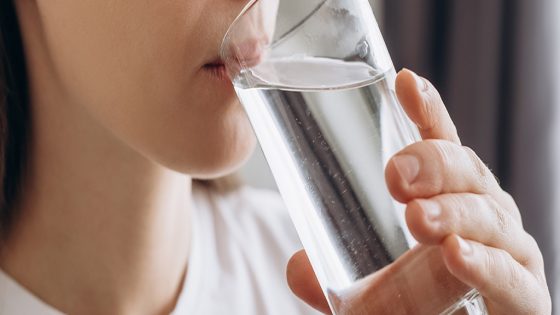In a recent study, researchers from Guangzhou Medical University and Jinan University in China discovered a simple method to remove microplastics from drinking water. Published in 2024, the study highlights the effectiveness of boiling and filtering water to significantly reduce the presence of nanoplastics and microplastics, which pose potential health risks to humans.
- Microplastics enter our bodies through consumption.
- Boiling water effectively removes microplastics.
- Hard water removes more microplastics than soft water.
- Calcium carbonate traps microplastics during boiling.
- Drinking boiled water may reduce NMP exposure.
- Further research is needed on health impacts.
The presence of microplastics in drinking water has raised global health concerns. Scientists have detected various types of plastics, including polystyrene and polyethylene, in tap water, which people consume daily. The recent study aimed to test the effectiveness of a boiling and filtering process on both soft and hard tap water, with the goal of reducing the intake of these harmful particles.
Key findings from the research include:
- Up to 90% of nanoplastics were removed from hard tap water samples.
- Even in soft water, around 25% of microplastics were effectively filtered out.
- The boiling process increases the precipitation efficiency of microplastics, especially in harder water.
The researchers noted that the boiling process leads to the formation of calcium carbonate, which helps trap plastic fragments. This method can be easily implemented in households using common kitchen items, such as a kettle and a simple filter. The study suggests that adopting this practice could significantly reduce the amount of microplastics consumed through drinking water.
While the long-term health effects of microplastics are still being studied, the researchers emphasize the importance of finding practical solutions to mitigate exposure. They hope that boiling water could become a more common practice worldwide as concerns about plastic pollution continue to grow.
This research presents a feasible strategy to combat microplastic contamination in drinking water. By employing boiling and filtering techniques, households can potentially minimize their exposure to these pollutants, contributing to better health outcomes.






























